Let’s say you or someone in your household is especially sensitive to air quality—perhaps because of respiratory issues (such as allergies or asthma), or because you live in an area with lots of pollutants in the air, such as near a highway.
You may have already installed an air purifier in your home’s HVAC system or invested in a freestanding portable device. But now there’s something new that will please tech fans: Smart air purifiers that you can connect to your home WiFi system and control remotely with an app, so you can determine your home’s air quality and turn the device on and off even when you’re not on the premises. Here’s what you need to know.

What is a smart air purifier?
Air purifiers clean the air by drawing it through a series of filters. A HEPA filter (the acronym stands for “high efficiency particulate air,” in case you’re wondering) traps pollutants such as dust, pollen, pet dander, and mold spores. A charcoal filter helps remove household odors caused by cooking, pets, and kids who keep wearing the same socks. A smart air purifier, like other smart devices, is controllable via WiFi and an app, so that you can turn it on and off remotely.

Should I get a smart air purifier?
There are a number of air purifiers on the market, and while the high-volume ones are expensive (and, as an added cost, you must replace the filters regularly), they do their job well. Those that meet US HEPA standards (also called “true HEPA standards”) will reduce the amount of 0.3-micron-diameter particles in the air by at least 99.97 percent. (That means reducing pretty much all airborne particles by that amount.)
A caveat: No scientific studies provide evidence that air purifiers will improve a person’s health. However, it can be shown that the devices do remove particulate matter from the air. And since high levels of particulate matter can cause serious health issues, the less of it the better. And air purifiers also reduce odors, so they can make your house smell fresh and clean.

What should I consider before getting a smart air purifier?
If you’re considering buying an air purifier, do your research by reading the latest reviews on reputable consumer sites such as The Sweethome and PCMag, as well as the user comments on retail sites. Measure the space where you’ll put the appliance—for most people, it’s either the living room or a bedroom. Larger units can cover as much as 1,500 square feet. Take note of what’s said about sound levels—some air purifiers work quietly, while others kick up some noise.


Is a smart air purifier worth it?
On one hand, the reviewers at The Sweethome aren’t convinced that air purifiers need smart technology; their top pick (shown above) doesn’t connect wirelessly—and as far as the reviewers are concerned that’s just fine. These devices already have the technology to be self-monitoring and to adjust performance (i.e., turn down or off temporarily) once the air is clean.
You’ll pay extra for an air purifier that offers real-time remote monitoring and control of the air quality in your home. But in certain circumstances, that could be exactly want you need—say, if you have a loved one whose health may be compromised by polluted air and you want to rest assured that the air purifier is doing its job when you can’t be there to check. In a case like that, the extra outlay would certainly be worthwhile.
For more well-designed (smart and non-smart) air purifiers, see 10 Easy Pieces: Good-Looking (and Effective) Air Purifiers.
And for more smart options for the home, see:
- Remodeling 101: Smart Light Bulbs
- Remodeling 101: Smart Door Locks
- Remodeling 101: Smart In-Wall Dimmer Switches
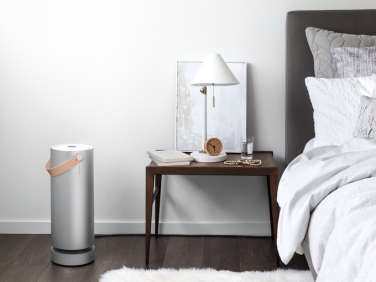
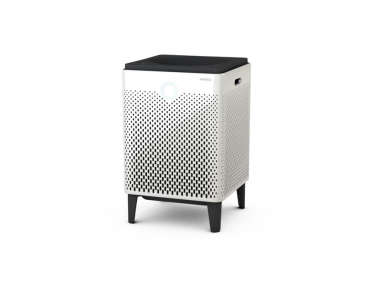
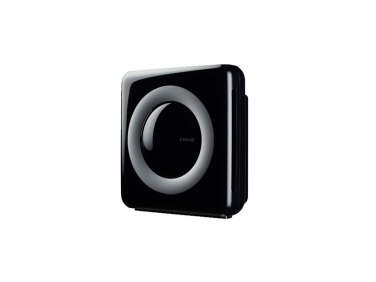
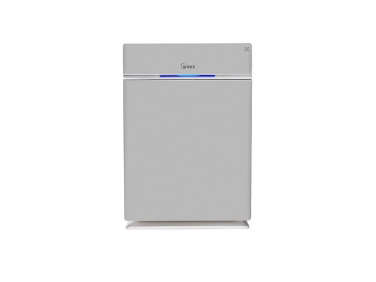
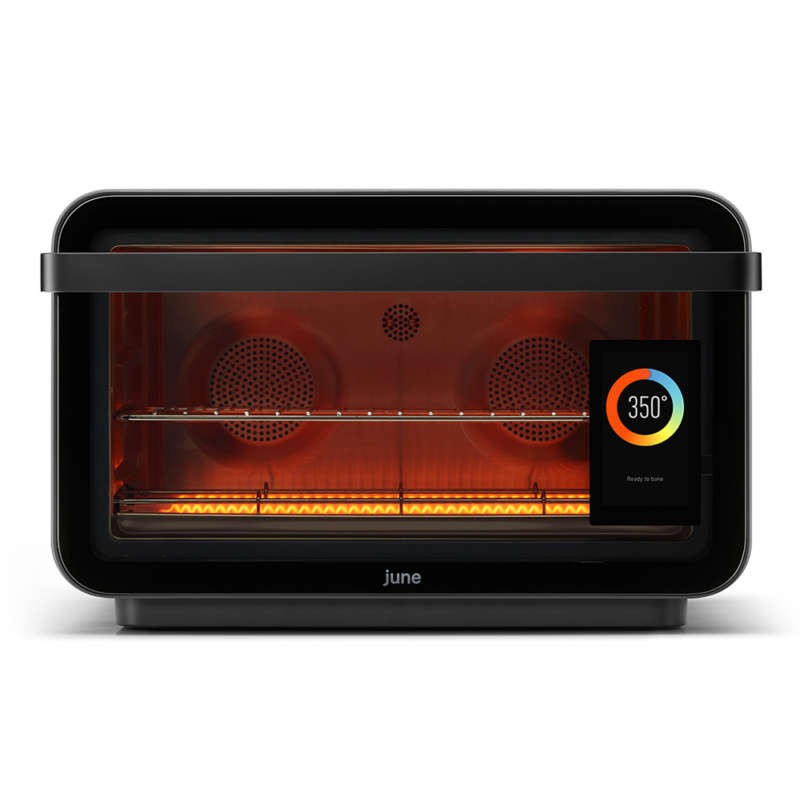
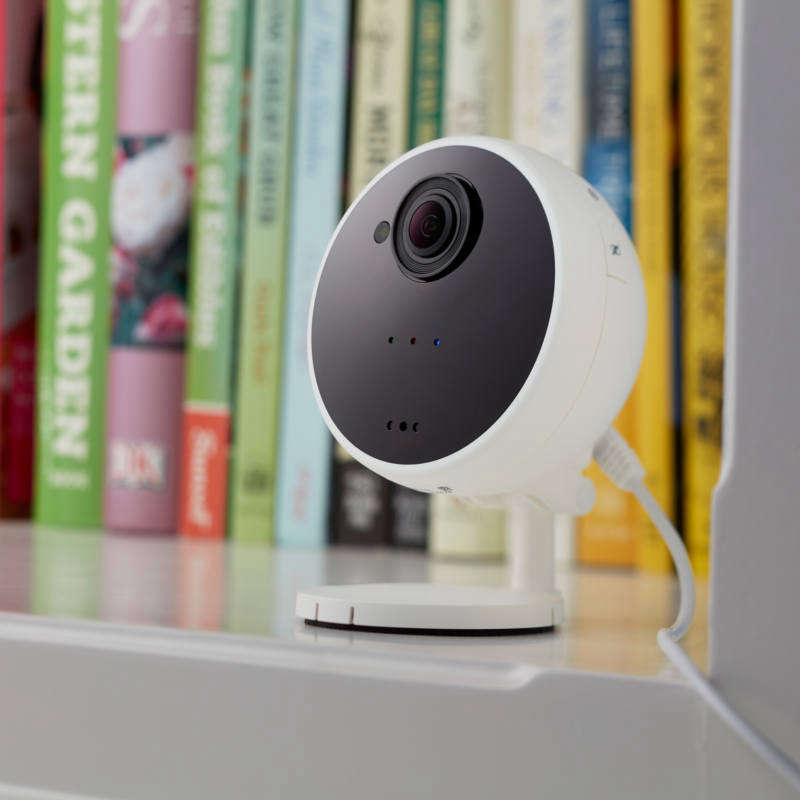
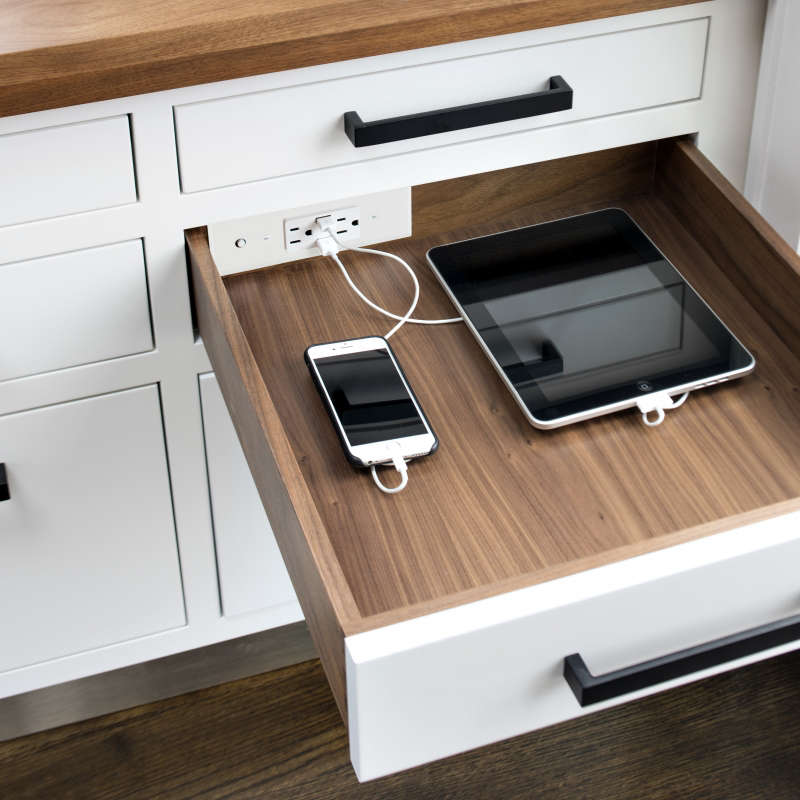


Have a Question or Comment About This Post?
Join the conversation